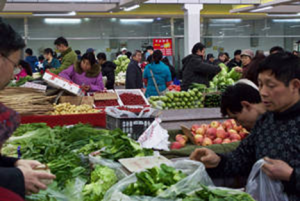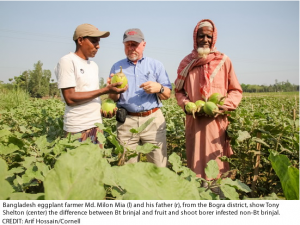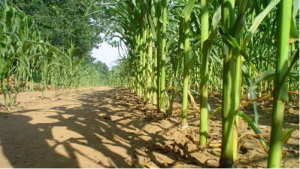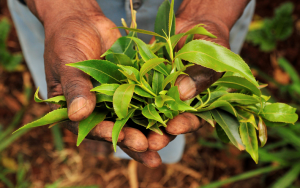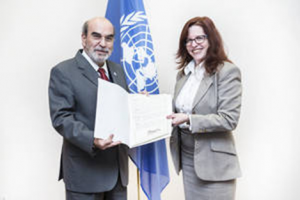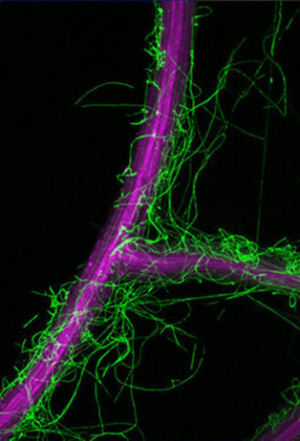LOS BAÑOS, Philippines – On a hot, breezy afternoon on 21 January 2016, an international gathering of agricultural scientists and development officials dedicated the Lloyd T. Evans Plant Growth Facility (PGF) on the campus of the International Rice Research Institute (IRRI). The opening of the USD 10 million state-of-the-art facility manifests IRRI’s commitment to better understand the effects of climate change on plant growth in the ongoing effort to achieve food and nutrition security for future generations across the globe.
FAO 1 April 2016, New York - The United Nations General Assembly today proclaimed a UN Decade of Action on Nutrition that will run from 2016 to 2025. FAO welcomed the decision, calling it a major step towards mobilising action around reducing hunger and improving nutrition around the world.
The United States Agency for International Development (USAID) has awarded Cornell University a US$4.8 million, three-year grant to strengthen capacity to develop and disseminate Bt eggplant in Bangladesh and the Philippines. The award supports USAID's work under the Feed the Future, the US government's global initiative to fight hunger and improve food security using agricultural science and technology.
The Canadian Food Inspection Agency and Health Canada have recently approved the commercial use of four InnateTM potato events. All four events were developed by J.R. Simplot. All four potato events possess traits related to the quality of produce. These traits include reduced levels of reducing sugars, reduced acrylamide potential and black spot bruising tolerance.
Researchers from Arizona State University, University of Arizona, University of North Texas, USDA Agricultural Research Service, and Baylor College of Medicine have discovered a way to enhance a plant's tolerance to stress, improving how it uses water and nutrients from the soil.
FAO Viet Nam’s Emergency Centre for Transboundary Animal Diseases (ECTAD) Programme launched its new website where it will act as an animal health information platform to offer Transboundary Animal Disease information and ECTAD updates to all visitors.
Forests’ role in mitigating climate change, productivity of indigenous timber and non-timber species, and success rates in forest restoration all depend on one thing – the genetic diversity of tree species. However, forest genetic resources are often overlooked in natural resource management and related policies and strategies which limit their contribution to environmental and socio-economic goals.
Agriculture in parts of sub-Saharan Africa must undergo significant transformation if it is to continue to produce key food crops, according to a new study published today in Nature Climate Change. Maize, beans and bananas are most at risk according to the study, ‘Timescales of transformational climate change adaptation in sub-Saharan African agriculture.‘
FAO 25 March 2016, Rome - Cuba has helped to edge forward global efforts targeting illegal fishing by acceding to a FAO-brokered international pact that now requires the adherence by just one more party before coming into force. Cuban Ambassador to the United Nations agencies in Rome, Alba Soto Pimentel, today formally presented FAO Director-General José Graziano da Silva with Cuba's instrument of accession to the Agreement on Port State Measures to Prevent, Deter and Eliminate Illegal, Unreported and Unregulated Fishing.
Scientists have believed for a long time that the role of plant immune system was only to distinguish between friend and foe and to fend off pathogens, but it is also involved in accommodating beneficial microorganisms in the plant when required. Researchers from the Max Planck Institute for Plant Breeding Research in Cologne, Germany in collaboration with an international consortium of other laboratories discovered this relationship between the model plant Arabidopsis thaliana and the fungus Colletotrichum tofieldiae


 Curently online :
Curently online :
 Total visitors :
Total visitors :

